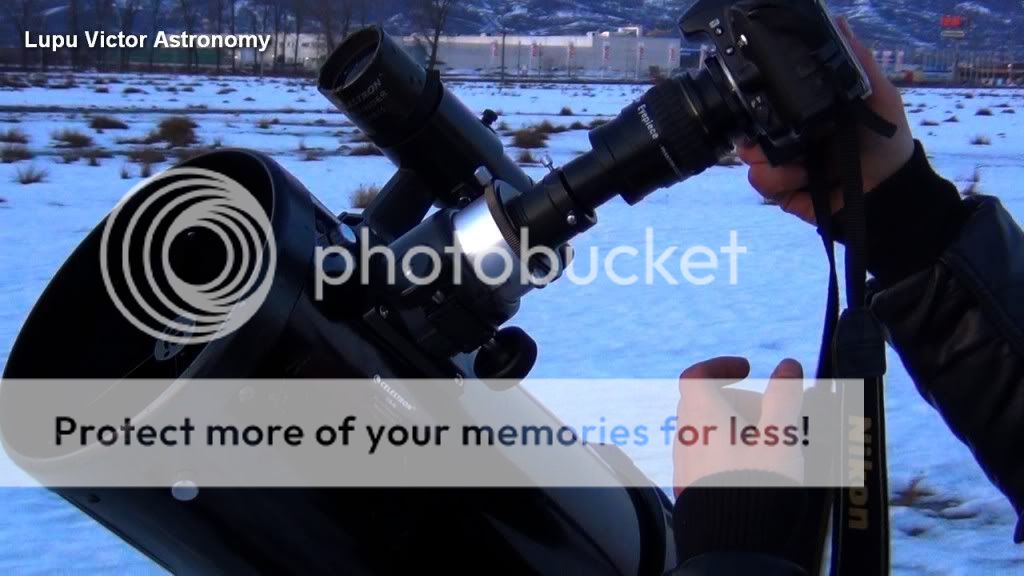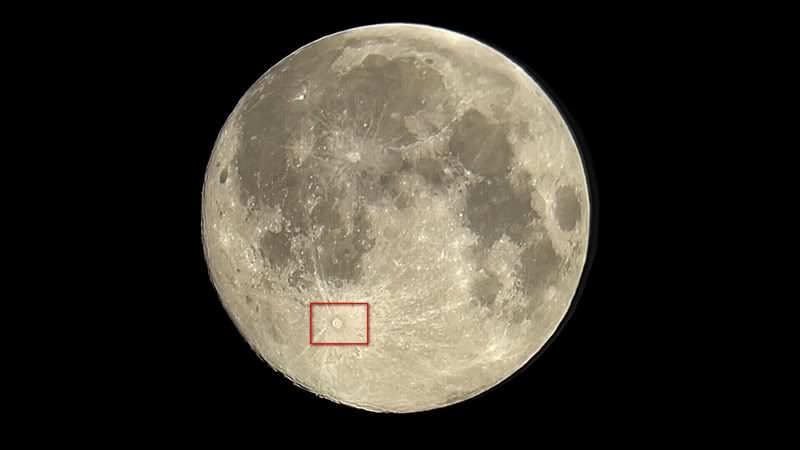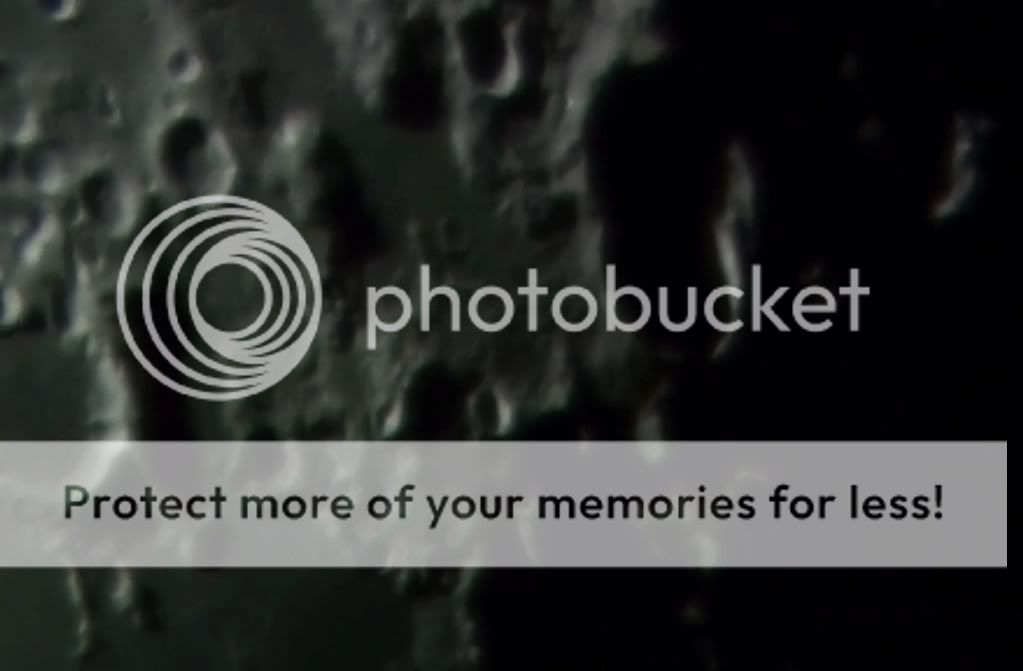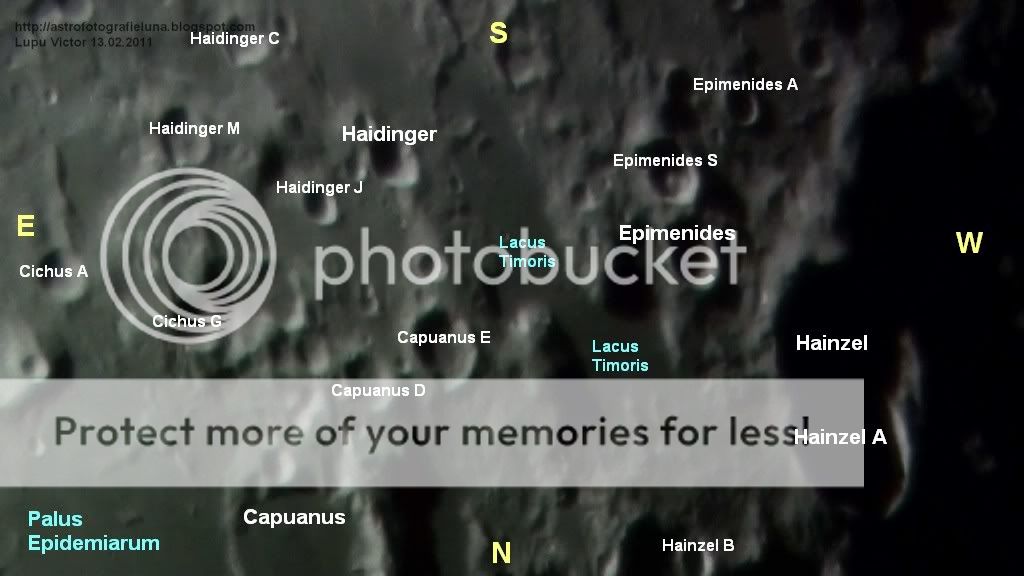In these stabilized video images with Sony Vegas 10, we see many craters on the moon's south-west. Most evidenced by its size is Schickard (227 km), followed by Schiller crater (180 km), Phocylides and Nasmith (114/77 km) and Wargentin.
By the end of the clip is filmed Hainzel (70 km) also.
These craters can not be detected visually with the naked eye but through an astronomical telescope, or even with binoculars if it comes to Schickard which is quite large, but binoculars will be mounted on a tripod so that the image is fixed.
By the end of the clip is filmed Hainzel (70 km) also.
These craters can not be detected visually with the naked eye but through an astronomical telescope, or even with binoculars if it comes to Schickard which is quite large, but binoculars will be mounted on a tripod so that the image is fixed.
Magnitude: -12.11
Phase: 0.96
Distance: 401.329 km
Illuminated: 96.2% (0% = New, 100% = Full)
Astronomical instrument: Celestron C8-Newtonian telescope,
Eyepiece: Plossl 20mm, 2x Barlow
Mount: CG5 (EQ5)
Apparatus: Sony CX130
Filter: no
Date: 08.11.2011
Location: Baia Mare, Romania
Processing: Sony Vegas 10
Images were acquired by attaching a video camera directly to an Newtonian astronomical 8 inches (203 mm) telescope's eyepiece; For this reason the eyepiece visual field was increased.
In the picture below are labeled craters and other lunar features in the region. To better understand this photo, you should note that the label with the name or the letter of larger craters could be found at their center, and on the small craters, you should find them around them, usually above.










 Wednesday, September 14, 2016
Wednesday, September 14, 2016
 Unknown
Unknown
























